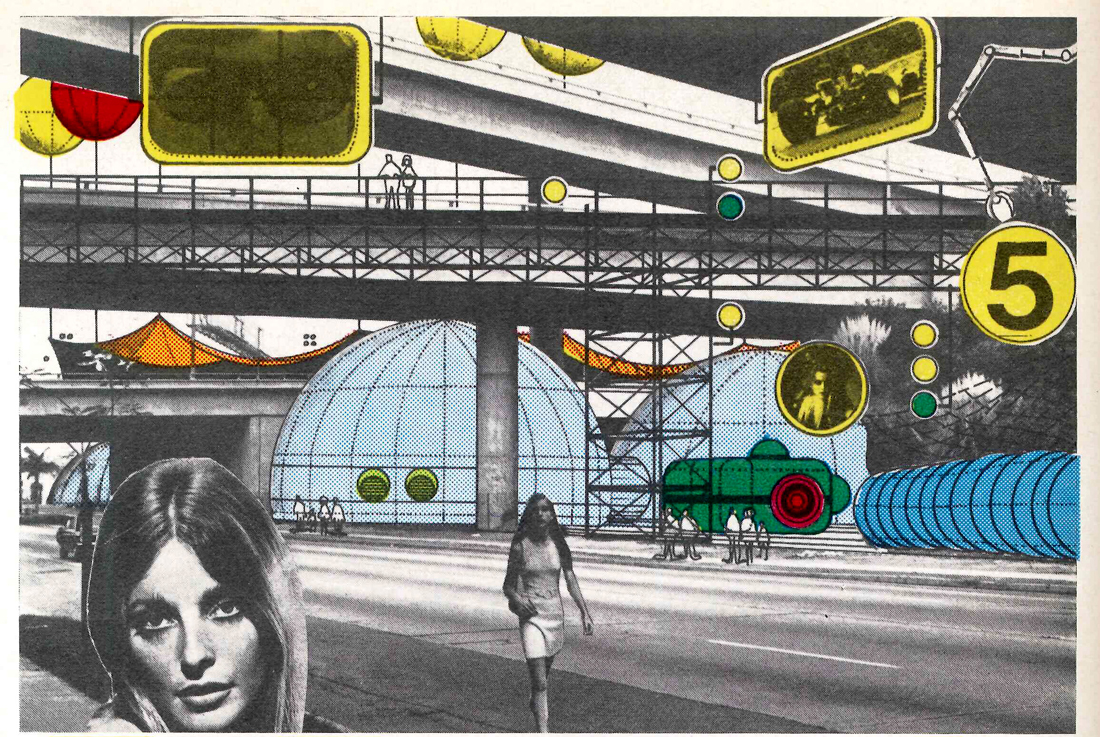I mean, I guess you could google it, but that may not explain why I used the word for the name of my blog. So…
It’s typical of architects (especially teaching architects) to be overly pedantic, and I’m no exception. I named my blog “PALIMPSEST” because of it’s one of my favourite, all-encompassing design words. Not only are actual palimpsests visually pleasing to me, but I feel that the idea of a palimpsest, conceptually speaking, well describes my approach to design – the concepts, processes, execution, communication of it, and even the learning and teaching of it.
In a word, palimpsest implies layers. Specifically (and historically), a palimpsest refers to an archaic manuscript, usually hand-written on a parchment or vellum by monks or scholars, on which the original writing was rubbed off and new writing was added. This was done because parchment and skin were hard to make and obtain, so resources were reused. But the effect was that beneath the new layer of writing, you could still see remnants of the older layers, usually not legible but clear enough to see that something enigmatic was there before.

This is an example from wikipedia, and perhaps at first glance it doesn’t look like such a remarkable thing. But I find it interesting as a concept – the idea that there are layers and layers of information, obscure and mysterious, visible yet unintelligible. To me, this describes the act of design so well. There are innumerable layers to any designed object or space but one only really sees clearly the final outcome. I always tell students that one of the first things they need to learn about design as a process is that rarely does the first idea ever become real – it’s usually the 5th, or 10th, or 100th. But all those preliminary ideas aren’t failures per se but layers that lead inexorably to the final design resolution.



Architects, artists, designers have all used the idea of palimpsest to great effect, both in the content as well as the visual representation. But the broader appeal for me goes beyond the visual and into the philosophical, and in fact, I wanted to name the blog “palimpsest” because it reflects my outlook on life, the universe, and… yes… everything (apologies to Douglas Adams). For me, palimpsest is evident in cosmology. Layers upon infinite layers of the past, present, and future constantly evolving, constantly being rubbed out and rewritten and redrawn.
Lofty ambitions for a humble blog, I know.
